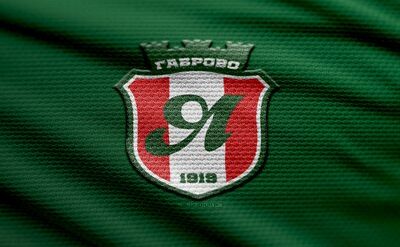West Ham United FC, a professional football club based in East London, is steeped in rich history and tradition. Known affectionately as the Hammers or the Irons, this club has become an integral part of English football culture. From its humble beginnings to becoming a formidable presence in the Premier League, West Ham United FC represents more than just a football team; it embodies a vibrant community and an unwavering spirit of resilience.
History of West Ham United FC
The history of West Ham United FC stretches back to the late 19th century. Established in 1895, the club was originally founded as Thames Ironworks FC. It wasn’t long before the team transitioned into West Ham United FC, marking a pivotal moment in its journey.
Origins and Formation
In 1895, the Thames Ironworks and Shipbuilding Company formed a football club for its workers, which laid the groundwork for what would eventually become West Ham United FC. This initial formation was driven by the desire to foster camaraderie and provide recreation for the workforce.
The club played its first matches in local leagues, gradually gaining traction. By 1900, Thames Ironworks FC had changed its name to West Ham United FC, reflecting a broader vision that extended beyond the confines of the factory. The new identity signified a commitment to the community and the burgeoning popularity of football in East London.
Early Years and Development
West Ham’s early years were marked by fluctuating fortunes. The club joined the Southern League in 1898 and achieved immediate success, winning their first trophy in 1902. Their ascension to the Football League came in 1919 when they were elected to the Second Division.
Through the 1920s and 1930s, West Ham United FC began to establish itself as a credible team in English football. Noteworthy players emerged during this period, such as the legendary striker Syd Puddefoot, who became a fan favorite and scored numerous goals. On the pitch, the club’s style of play evolved, fostering a reputation for attractive, attacking football.
World War II and Post-War Era
Like many clubs, West Ham faced challenges during World War II, with fixtures disrupted and players enlisted in military service. However, the post-war era ushered in a golden age for West Ham United FC. Under the management of influential figures like Ted Fenton and later Ron Greenwood, the club experienced significant success.
The team’s most iconic triumph came in 1964, when they lifted the FA Cup, followed by European glory in 1965 when they won the European Cup Winners’ Cup. These achievements solidified West Ham’s status on the international stage and contributed to their growing legacy.
West Ham United FC Stadium and Facilities
The home ground of West Ham United FC has undergone various transformations throughout the club’s history. Since its inception, the location and facilities have played a crucial role in the team’s development and fan experience.
Boleyn Ground: The Heart of East London
For over a century, the Boleyn Ground, also known as Upton Park, served as the club’s beloved home until its closure in 2016. This stadium, renowned for its passionate atmosphere, witnessed countless memorable moments in West Ham’s storied history.
The Boleyn Ground was more than just a venue; it was a place where generations of fans gathered to show unwavering support. Its unique features, including the famous Chicken Run stand, created an electrifying ambiance, making it an iconic footballing landmark.
Transition to London Stadium
In 2016, West Ham United FC made a monumental move to the London Stadium, a modern facility initially built for the 2012 Olympics. This transition marked a new chapter in the club’s history, offering expanded seating capacity and enhanced amenities for fans.
While the move aimed to elevate the club’s profile and financial stability, it did not come without controversy. Long-time supporters expressed mixed feelings about leaving Upton Park, questioning whether the new stadium could replicate the soul and spirit of their former home.
Modern Facilities and Future Development
The London Stadium has allowed West Ham United FC to invest in state-of-the-art training facilities and youth academies. The club’s commitment to providing top-notch resources signifies a progressive approach toward player development and overall success.
Additionally, the new facilities enable West Ham to host various events beyond football, generating additional revenue streams and fostering community engagement. This evolution aligns with the club’s aspirations to compete at the highest level in both domestic and European competitions.





